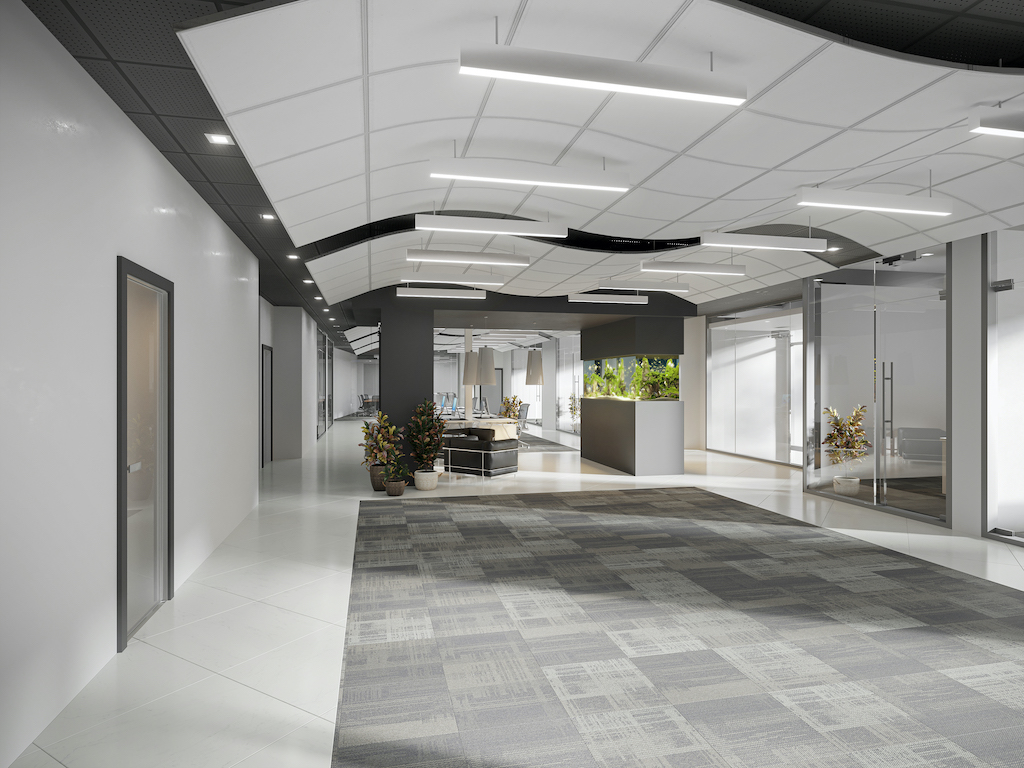
Zero Energy Commercial Office Building for Green World Hub - Rancho Cordova, CA
Photo Credit: hb+a Architects
Hafsa Burt, founder of hb+a Architects, is actively involved with the American Institute of Architects and is a member of the AIA California Council’s Committee on the Environment that also looks at legislative decisions as they relate to the building environment. Hafsa recently spoke to Haute Design about the future of architecture and design and how connected it is to our environment.
Haute Design: If there has been any at all, what has the environmentally-conscious progress in design and architecture looked like over the past decade? Is it enough?
Hafsa Burt: After the oil embargo of the 1970s, California Energy Code was developed, which is updated for more stringent requirements for high performance buildings in each code cycle.
The U.S. Green Building Council (USGBC) and Living Building Institute made environmentally sustainable architecture a household term, and then CalGreen, which is a State Code, further laid out requirements with similar parameters so it was easy for Leadership in Energy and Environmental Design (LEED)- Accredited professionals to implement them in their projects. And to answer your question, no, it is not enough. In my experience, unless something is mandated, it is not followed. Reach codes are being widely adopted since 2020, and these have more stringent requirements than Title 24 in California.
HD: As an environmentally conscious designer the issues at the heart of your work are inherently political. Has this ever affected any relationships with clients?
HB: I don't think the issues are political, as much as they are being made political, because of a few spokespeople, which is terribly sad. Clients in general are concerned about the economics of a measure(s), unless their vision is aligned with reduction of emissions or decarbonization. Most people, unless they are focused on these issues, simply do not feel they are priorities. I have also seen a rise in maximalist tendencies in design, which scares me in the long term. Design heroes need to be folks who are coming up with carbon neutral solutions, and have been actively implementing them for decades.
HD: How much can new technologies available to us today, as opposed to 10 or 20 years ago, help progress design while minimizing damage caused to its surrounding ecological system?
HB: I have met some young startups who have fascinating explorations for off-shore wind farms, theoretically, we can meet all of our energy demands if this technology was funded and usefully deployed, but the bureaucratic climate isn't set up for these technologies to be launched fast enough. We have an impending goal to reduce emissions by 65% by 2030, and our current clean energy sources aren't enough to meet present or projected future demands. Solar energy for homes and businesses has been around since the 1970s and their efficiency has improved, and their cost has reduced over the years, but there are limits for its widespread use, intermittent supply and on-site storage.
HD: Considering that you are based in the West Coast, what are the most common environmental concerns or questions you get from clients?
HB: Most everything still comes down to economics. We start with educating our client. I have been working at the State level with like-minded industry peers for over 15 years to make sure legislation is taking into account measures which address emissions' reduction and decarbonization. General consumers however, need to be educated through the process. That is one of the reasons why I created Box Lab, to build carbon neutral prototypes and showcase solutions. California has always been at the forefront and can only set an example for best practices elsewhere.
HD: Are there other collaborators or designers whom you feel are doing impactful work such as yourself?
HB: I am currently working on a zero-energy commercial project in Rancho Cordova with Green World Hub, a general construction team. The project will produce all of its own energy with battery backup so the business remains resilient when power fails.






